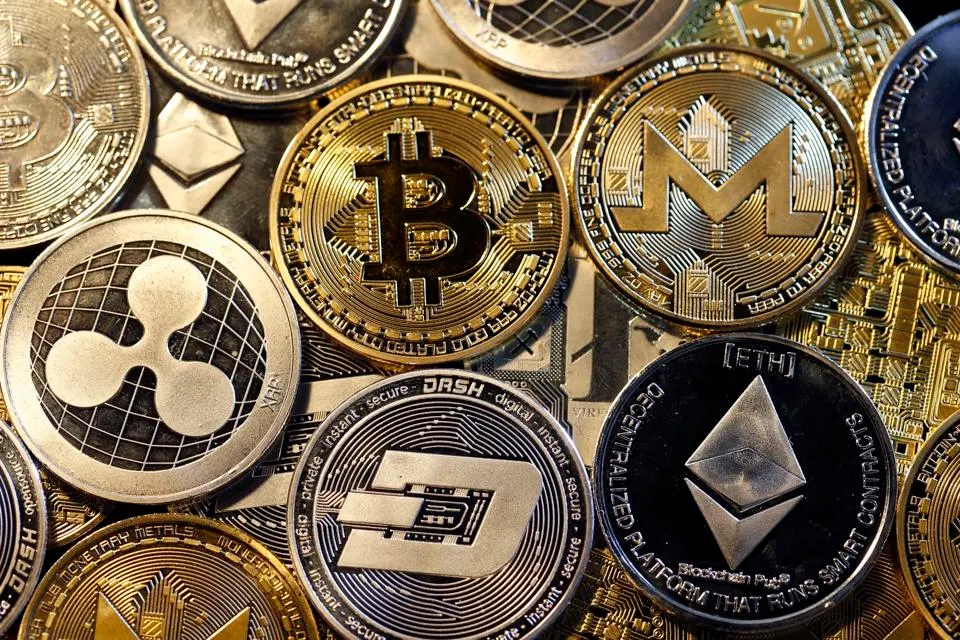In the crypto space, think of utility tokens as a kind of pass or key. They give you access to something specific inside a blockchain project. You can use them to get services, features, or other perks.
Here are five utility tokens worth considering in 2025, based on their practical uses and the growth of their underlying projects:
1. Ethereum (ETH)
Function: ETH pays for transactions (called gas fees) and lets you use apps on the Ethereum network.
Importance: Ethereum is the main platform for smart contracts. It drives many decentralized apps (DeFi, NFTs, games).
Looking Ahead: Upgrades are making Ethereum faster and cheaper, so ETH should stay a popular utility token.
2. Binance Coin (BNB)
Function: BNB lets you pay lower trading fees on Binance, participate in token sales, and more.
Importance: Binance is a top crypto exchange, and BNB has several uses within its system.
Looking Ahead: The BNB burn program, which reduces the number of tokens, might increase its value long term.
3. Chainlink (LINK)
Function: LINK pays for oracle services, which bring real-world info (like prices or weather) onto blockchains.
Importance: Many DeFi apps need Chainlink for accurate, real-time data to work right.
Looking Ahead: Chainlink is integrating with more banks, blockchains, and AI, so it’s worth keeping an eye on.
4. Polygon (MATIC)
Function: MATIC pays for transactions on Polygon, a network that speeds up Ethereum and lowers costs.
Importance: Big names like Starbucks and Disney have used Polygon for NFTs and Web3 projects.
Looking Ahead: As faster Ethereum becomes more important, MATIC could play a bigger role.
5. Arbitrum (ARB)
Function: ARB is used for governance and to pay fees on Arbitrum, another solution for making Ethereum faster.
Importance: Arbitrum has a large ecosystem for faster, cheaper Ethereum transactions.
Looking Ahead: If DeFi keeps growing, ARB could become widely used.
Key Takeaway for Newcomers
As you can see from these fictional examples, utility tokens serve as the economic fuel for their respective blockchain ecosystems. They are designed to facilitate transactions, incentivize participation, enable governance, and ultimately drive the adoption and growth of the underlying platform or service.
When evaluating any cryptocurrency, always ask:
-
What is its core utility?
-
What problem does it solve?
-
Who uses it, and for what purpose?
Understanding the answers to these questions is a crucial step in understanding the true potential and tokenomics of a project.
Keep exploring, keep learning, and remember: understanding the “why” behind a token’s existence is far more important than just watching its price!

